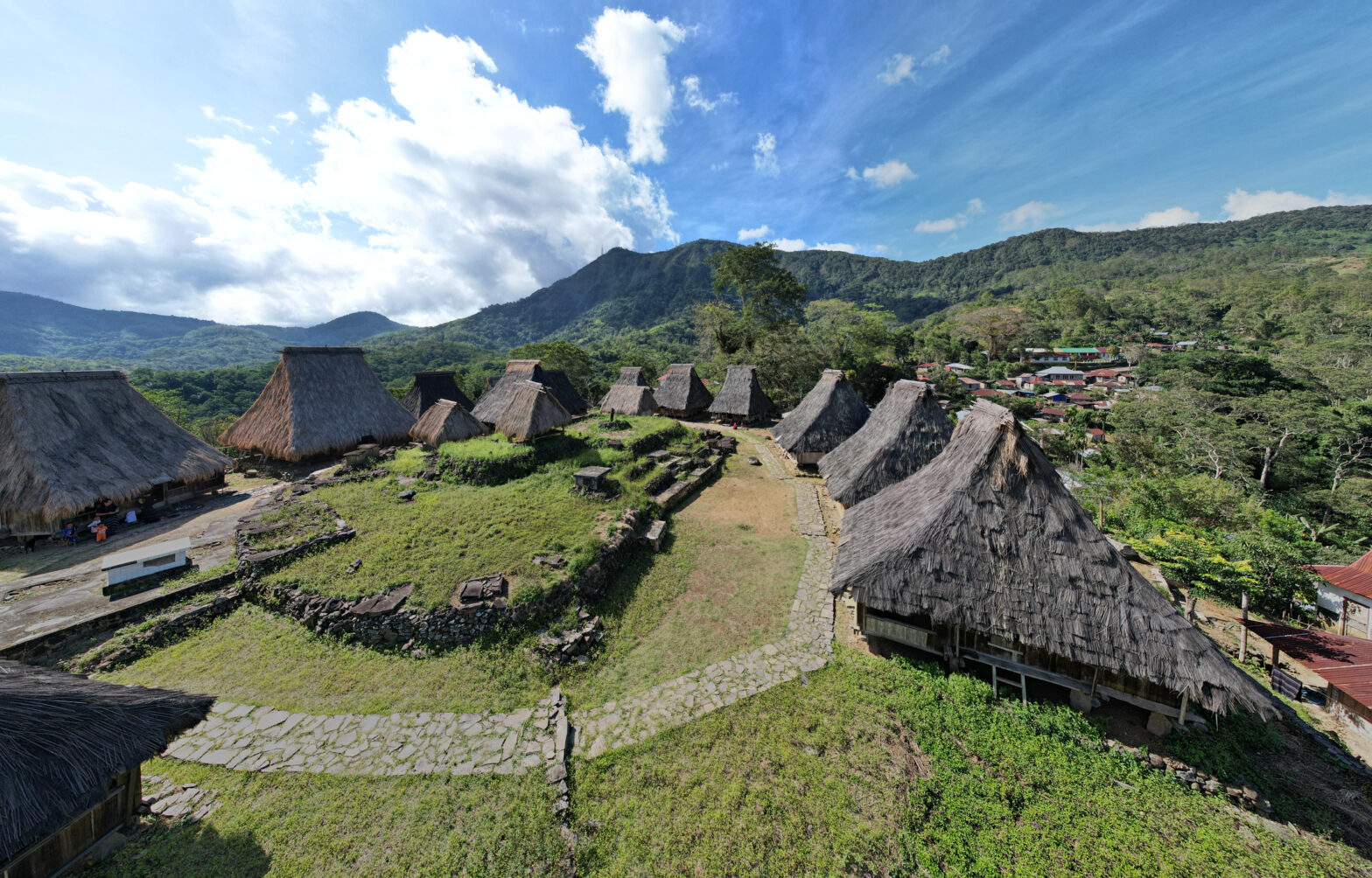World War II veteran Earl Shaffer was the first person to complete hiking the Appalachian Trail. When Shaffer began his journey at Mount Oglethorpe in Georgia, he intended it as a self-care retreat from the ravages of war. His thru-hike, which started in the spring of 1948, ended 124 days later at Mount Katahdin in Maine. This route, Georgia to Maine, is still among the most popular paths for hiking the Appalachian Trail today, it usually takes 6-12 months to accomplish the feat. Over 20,000 people have joined the 2,000-miler club by finishing the 2,198-mile hike through 14 states, six national parks, eight national forests, and most of the Eastern United States.
The Appalachian Trail was the brainchild of Benton MacKaye. MacKaye was born in 1879 and spent his childhood in the mountain community of Shirley Center, Massachusetts. A lifelong “nature lover,” in high school, MacKaye wrote descriptive journals of the landscape surrounding Shirley Center, its rivers, roads, various vegetation, and landforms. In 1905, he became the first graduate of Harvard University’s newly created “forestry school” and later became a professor in the program. Reading, studying, and even writing on how the needs of nature and the needs of man could both be met, MacKaye was inspired to create a network of agricultural centers and camping communities along a trail in the Appalachian Mountains.
This was MacKaye’s initial vision for the Appalachian Trail. What he intended as a regional planning project (presented in an article published in 1921), eventually became the longest hiking-only footpath in the world when construction commenced in 1937.
Trail Overview
As previously mentioned, most thru-hikers begin the Appalachian Trail at the southernmost end of the trail in Georgia and end at the northernmost section in Maine, supposedly the most challenging part of the trek. Traversing through the peaks and valleys of the Appalachian Mountains, weather plays a factor in choosing the best path. By starting the trek in late winter or early spring the weather will be most manageable, avoiding the cold Maine snowstorms and the extreme heat of Georgia summers. When walking the 2,198-mile trail expect an elevation gain of roughly 515,000 feet, comparable to hiking Mt. Everest from sea level to peak 16 times!
Permits And Regulations
Thru-hikers, section hikers, and groups of 6 or more are asked to voluntarily register their hike on ATCamp.org. This can help avoid overcrowding at campsites and environmental damage to the footpath from overuse. Additionally, some sections of the path require entry fees. The most notable is the Smoky Mountains national park AT hiker permit, which costs $40 and must be purchased in advance. Same-day entry passes will be required at Baxter state park (free), Shenandoah national park (free for hikers, fees for vehicle), and various campsites in New England (fees from $5-$20 per person).
Trail Highlights
Hiking the Appalachian Trail affords some of the most amazing views for trailblazers. The two worth the extra hiking are Clingman’s Dome in Tennessee and McAfee Knob in Virginia. Clingman’s Dome is the highest viewpoint on the trail at 6,643 feet high and offers an unforgettable view of the Great Smokey Mountains in every direction. McAfee Knob, in the Jefferson National Forest, is 1,740 feet in elevation and offers the opportunity to sit on the ledge of McAfee Knob cliffs and experience dreamy views of the Shenandoah Valley.
Besides the stunning views, be prepared to wonder at the unique flora and fauna along the path. Black bears, salamanders, snakes, porcupines, woodpeckers, coyotes, deer, and moose are some of the animals that reside in the Appalachian Mountains. There will be an assortment of wildflowers, such as Turk’s cap lilies, Rhododendrons, Azaleas, and Mountain laurels. There are far too many tree species to name, but the red spruce, balsam fir, poplar, walnut, sugar maple, and several varieties of oak tree, will probably look familiar while hiking the Appalachian Trail.
Safety Considerations Hiking The Appalachian Trail
While the animals roaming the trail may look friendly, it’s imperative to use common sense and keep your distance. Keeping food stored properly in bear canisters and never left unattended will deter animals from approaching. Due to the popularity of the Appalachian Trail, people will likely be near in case of an emergency. Of course, this depends on whether the Appalachian Trail hiking map is followed and whether no side ventures on unmarked paths are attempted. Should there be an emergency, remain calm and dial 911. Carry a map to identify the location of the incident and the present location of all parties involved. Be sure that backpacks remain accessible at all times in case of a delayed rescue so that rations or other tools are available for survival.
Other items to pack for hiking the Appalachian Trail include a tent, sleeping bag, sleeping pad, no more than two sets of each article of clothing (synthetic fiber over cotton is ideal), a water purification system, a guidebook, a first aid kit, and plastic storage to ensure essentials stay dry. Trail runners (one size larger than usual) are the preferred footwear for the AT, as they will offer maximum comfort for the nearly 5 million steps it will take to complete the journey.
Planning And Preparation
The best way to physically prepare for the Appalachian Trail is by starting with hiking smaller trails. This way, expectations remain reasonable for the 8-15 miles of walking that are needed daily for a thru-hike of the AT. A budget of $1500/month Is recommended, as there will be the need to restock and resupply various items, as well as events or lodging in inclement weather.
While sheltering on land is one aspect of hiking the Appalachian Trail, remember that it is a different experience than living off the land. Some food and water must be packed, regardless of accommodations on the path, such as shuttle buses, lodging, food, etc. Some sections of the path are more remote than others and will require 5-7 days worth of food to be packed while other sections may need only 2-3 days’ worth. The more items packed, the more potential for items to be discarded, so pack accordingly and hike responsibly by leaving no trace.
People Ask: Hiking the Appalachian Trail
Q: How long/how many miles is the Appalachian trail?
A: The Appalachian Trail is approximately 2,200 miles long.
Q: How long does it take to hike the Appalachian Trail?
A: It typically takes hikers five to seven months to complete the trail.
Q: Where does the Appalachian Trail start and end?
A: Springer Mountain in Georgia and Katahdin Summit in Maine
Q: How do I prepare for a thru-hike of the Appalachian Trail?
A: To prepare for a thru-hike of the Appalachian Trail, it is recommended that you train by hiking with a weighted backpack to build up your endurance.
Q: How do I resupply on the trail?
A: Resupplying on the trail can be done by mailing yourself packages to post offices along the trail or by stopping at towns and resupplying at grocery stores.
Q: Do I need a permit to hike the Appalachian Trail?
A: Long-distance hikers need a permit to hike the Appalachian Trail; some sections may also require permits for camping.
Q: What is the best time of year to hike the Appalachian Trail?
A: The best time to hike the trail is typically between March and October, but hikers should be aware of weather conditions and plan accordingly.
Q: What kind of gear do I need for hiking the Appalachian Trail?
A: You will need basic hiking gear such as a backpack, tent, sleeping bag, and appropriate clothing and footwear.
Q: What are some of the biggest challenges of hiking the Appalachian Trail?
A: Some of the biggest challenges include physical endurance, harsh weather conditions, and dealing with wildlife.
Q: Are there any rules or regulations I should be aware of before hiking the Appalachian Trail?
A: Yes, there are rules and regulations regarding camping and fires, so it is important to research and follow them to ensure a safe and enjoyable experience.
Hiking The Appalachian Trail: Making the Most of the Long-Distance Trek
The Appalachian Trail will take significant time and money to thru-hike. In addition to needing six or more months of vacation time, the trail requires permits for long-distance hikers and often has activities along the path that require purchase. The initial investment in camping gear is not a one-time expense, as gear must be resupplied and restocked along the way. There are wild animals, sometimes harsh weather conditions, and physical challenges to endure.
In the end, most hikers enjoy the journey so much that they return again and again. They feel a sense of accomplishment and a recharged mind, body, and soul that changes how they feel about being indoors and leaves them questioning whether their present domicile is their true “home.”





